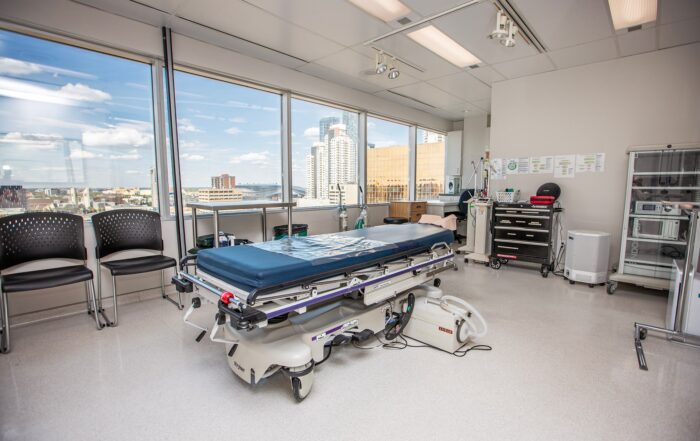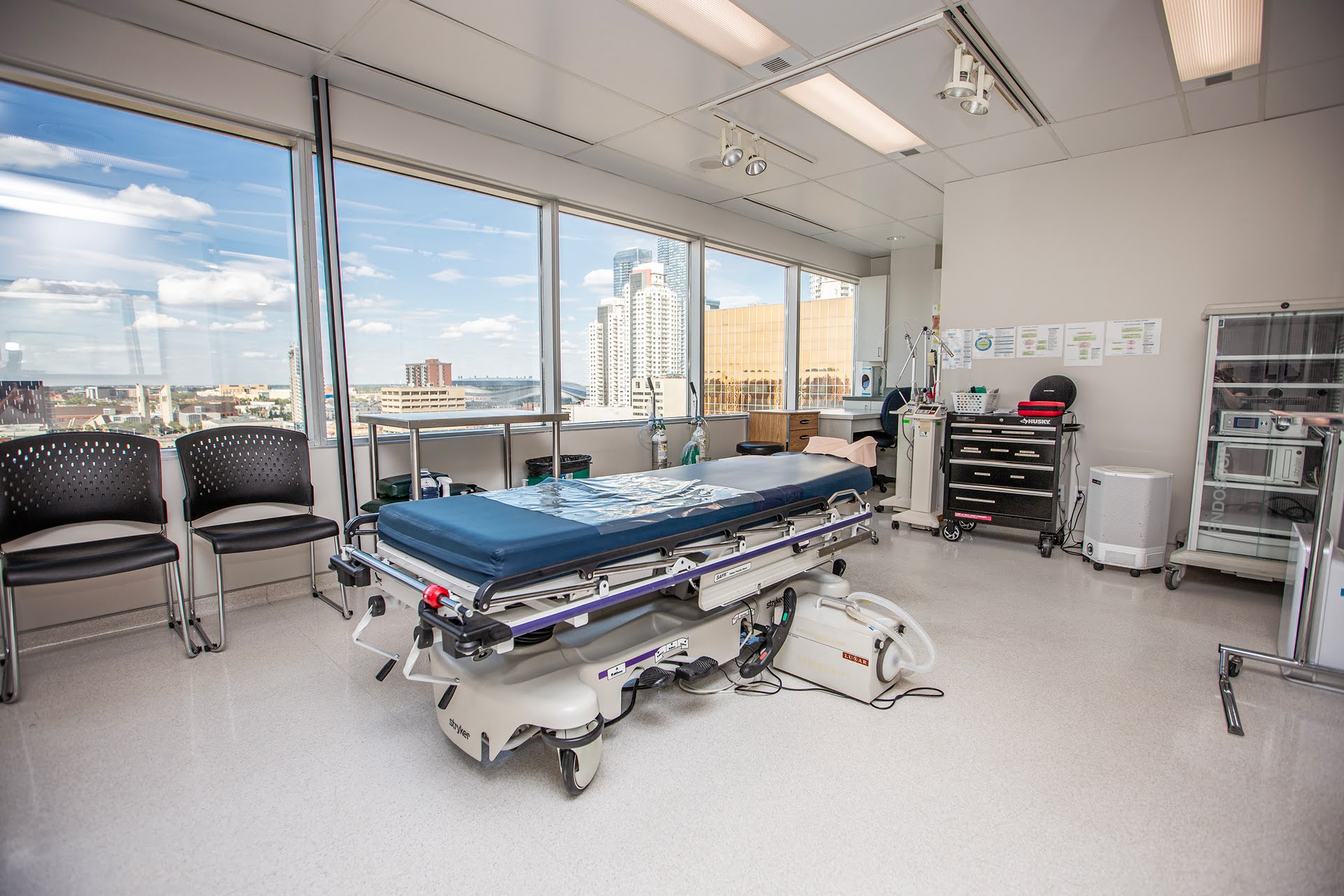Ptosis (Droopy Eyelid) Repair: When Is It Medically Necessary and What Are the Options?
A droopy eyelid may seem like a minor cosmetic concern, but in many cases, it can affect vision and overall eye health. This condition—called ptosis—is surprisingly common and can range from mild sagging to severe drooping that covers the pupil.
In this blog, we’ll take a closer look at ptosis: what causes it, when it becomes medically necessary to treat, insurance considerations, and the surgical options available to correct it.
What Is Ptosis?
Ptosis (pronounced TOE-sis) is the medical term for a drooping upper eyelid. It can affect one eye (unilateral ptosis) or both eyes (bilateral ptosis). The degree of droopiness can vary, from a barely noticeable descent to complete coverage of the pupil.
Ptosis is more than a cosmetic issue when it interferes with vision, strains the eye muscles, or leads to secondary problems such as headaches or neck pain from constantly tilting your head back to see better.
What Causes Ptosis?
Ptosis can occur at any age and has several causes:
- Congenital Ptosis:
Present at birth, often due to underdeveloped levator muscles (the muscles that lift the eyelid). Children with significant ptosis may develop amblyopia (lazy eye) if it’s left untreated. - Age-Related (Involutional) Ptosis:
The most common type in adults, caused by weakening or stretching of the levator muscle over time. - Neurological Causes:
Conditions like myasthenia gravis or Horner’s syndrome can cause ptosis by affecting the nerves or muscles involved in eyelid elevation. - Traumatic or Post-Surgical Ptosis:
Injury or previous eye surgery can damage the eyelid muscles or nerves. - Mechanical Ptosis:
Caused by excessive eyelid skin or tumors weighing down the lid.
How Does Ptosis Impact Vision?
When the upper eyelid droops over the pupil, it can partially or completely obstruct vision, leading to:
- Blurred or narrowed field of vision
- Eyestrain and fatigue
- Compensatory behaviors like raising the eyebrows or tilting the head
In children, untreated ptosis can hinder proper visual development, increasing the risk of lazy eye or other developmental issues.
When Is Ptosis Repair Medically Necessary?
While ptosis can be corrected for cosmetic reasons alone, it is considered medically necessary when:
- The droopy eyelid obstructs part of the pupil, impairing vision
- Visual field testing confirms a loss of upper peripheral vision
- Ptosis causes functional symptoms such as headaches, eyestrain, or difficulty keeping the eyes open
In medically necessary cases, insurance may cover the procedure, provided documentation (including photographs and visual field tests) supports the need.
What Are the Surgical Treatment Options?
Ptosis surgery is tailored to the severity of the droop and the function of the levator muscle. At Edmonton Eyelids, our dual board-certified oculoplastic surgeons specialize in a range of ptosis correction techniques:
- Levator Advancement (Aponeurotic Repair):
Ideal for patients with good levator muscle strength but a stretched or weakened tendon. The levator muscle is tightened to lift the eyelid. - Levator Resection:
For patients with moderate muscle function, part of the levator muscle is removed to shorten and strengthen it. - Frontalis Sling:
Used in cases of poor or absent levator function, this technique connects the eyelid to the forehead muscle (frontalis) using a small sling, allowing the forehead muscle to lift the eyelid. - Müller’s Muscle-Conjunctival Resection:
A minimally invasive option for mild ptosis in patients with good eyelid response to specific tests (like the phenylephrine test).
What to Expect from Ptosis Surgery
- Procedure:
Most ptosis surgeries are done under local anesthesia with sedation in an outpatient setting. - Recovery:
Mild swelling and bruising are common and usually resolve within 1–2 weeks. We provide detailed aftercare instructions and monitor healing closely. - Results:
Full healing can take several weeks, but the majority of patients experience a significant improvement in both eyelid position and vision.
Risks and Considerations
As with any surgery, ptosis repair carries some risks, though complications are rare with skilled surgeons. Potential risks include:
- Under- or overcorrection
- Asymmetry between eyes
- Difficulty closing the eye completely (usually temporary)
- Infection or bleeding
Our team is equipped to handle complex cases and revisions if needed, ensuring optimal outcomes.
The Bottom Line
Ptosis can affect more than just your appearance—it can compromise your vision and quality of life. Fortunately, modern surgical techniques provide effective, lasting correction.
If you or your child are experiencing symptoms of ptosis, book a consultation with Edmonton Eyelids today. Our fellowship-trained oculoplastic surgeons are here to provide expert evaluation and personalized treatment.
Contact Us
Have a question? Whether you are seeking information, consultation, or just curious about improving eye health, we’re here to provide expert care tailored to your individual needs. Contact us today!
Explore Recent Posts
Ptosis (Droopy Eyelid) Repair: When Is It Medically Necessary and What Are the Options?
A droopy eyelid may seem like a minor cosmetic concern, but in many cases, it can affect vision and overall eye health. This condition—called ptosis—is [...]
Treating Tearing and Blocked Tear Ducts: Everything You Need to Know About Lacrimal Surgery
Do your eyes water constantly, even when you're not emotional or exposed to wind? Excessive tearing, known as epiphora, is a common yet often frustrating [...]
Eyelid Surgery (Blepharoplasty): What to Expect Before, During, and After Your Procedure
Eyelid surgery, also known as blepharoplasty, is one of the most popular facial procedures today, offering both cosmetic enhancement and medical relief. Whether you’re noticing [...]




